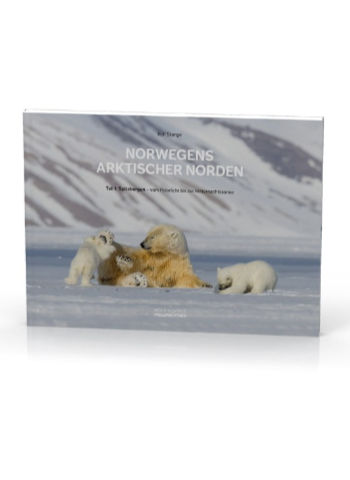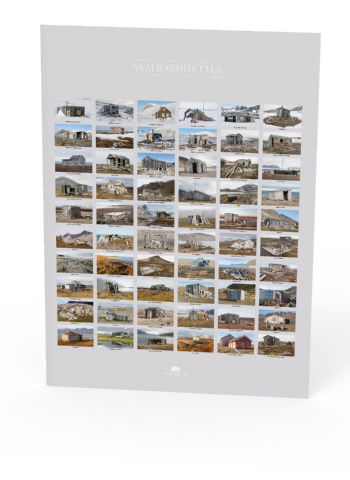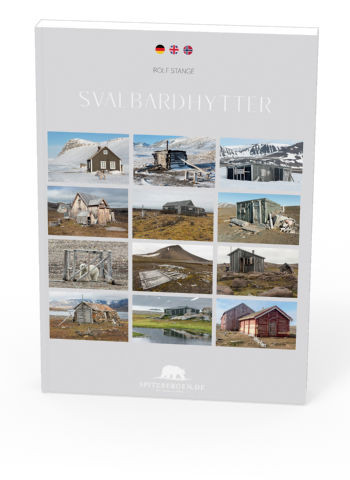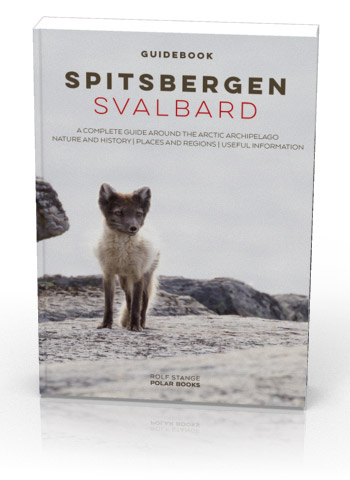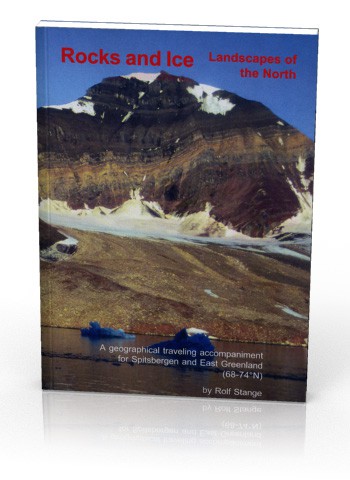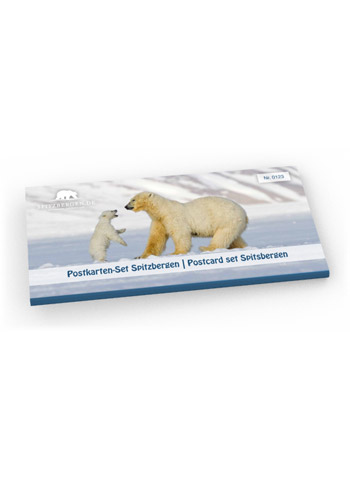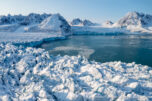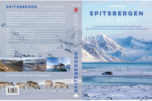-
current
recommendations- Liefdefjord
New page dedicated to one of Spitsbergen's most beautiful fjords. Background information and many photos.
- New Spitsbergen guidebook
The new edition of my Spitsbergen guidebook is out and available now!
- Liefdefjord
New page dedicated to one of Spitsbergen's most beautiful fjords. Background information and many photos.
Page Structure
-
Spitsbergen-News
- Select Month
- April 2025
- March 2025
- February 2025
- January 2025
- December 2024
- November 2024
- October 2024
- September 2024
- August 2024
- July 2024
- June 2024
- May 2024
- April 2024
- March 2024
- February 2024
- January 2024
- December 2023
- November 2023
- October 2023
- September 2023
- August 2023
- July 2023
- June 2023
- May 2023
- April 2023
- March 2023
- February 2023
- January 2023
- December 2022
- November 2022
- October 2022
- September 2022
- August 2022
- July 2022
- June 2022
- May 2022
- April 2022
- March 2022
- February 2022
- January 2022
- December 2021
- November 2021
- October 2021
- September 2021
- August 2021
- July 2021
- June 2021
- May 2021
- April 2021
- March 2021
- February 2021
- January 2021
- December 2020
- November 2020
- October 2020
- September 2020
- August 2020
- July 2020
- June 2020
- May 2020
- April 2020
- March 2020
- February 2020
- January 2020
- December 2019
- November 2019
- October 2019
- September 2019
- August 2019
- July 2019
- June 2019
- May 2019
- April 2019
- March 2019
- February 2019
- January 2019
- December 2018
- November 2018
- October 2018
- September 2018
- August 2018
- July 2018
- June 2018
- May 2018
- April 2018
- March 2018
- February 2018
- January 2018
- December 2017
- November 2017
- October 2017
- September 2017
- August 2017
- July 2017
- June 2017
- May 2017
- April 2017
- March 2017
- February 2017
- January 2017
- December 2016
- November 2016
- October 2016
- September 2016
- August 2016
- July 2016
- June 2016
- May 2016
- April 2016
- March 2016
- February 2016
- January 2016
- December 2015
- November 2015
- October 2015
- September 2015
- August 2015
- July 2015
- June 2015
- May 2015
- April 2015
- March 2015
- February 2015
- January 2015
- December 2014
- November 2014
- October 2014
- September 2014
- August 2014
- July 2014
- June 2014
- May 2014
- April 2014
- March 2014
- February 2014
- January 2014
- December 2013
- November 2013
- October 2013
- September 2013
- August 2013
- July 2013
- June 2013
- May 2013
- April 2013
- March 2013
- February 2013
- January 2013
- December 2012
- November 2012
- October 2012
- September 2012
- August 2012
- July 2012
- June 2012
- May 2012
- April 2012
- March 2012
- February 2012
- January 2012
- December 2011
- November 2011
- October 2011
- September 2011
- August 2011
- May 2011
- April 2011
- March 2011
- February 2011
- January 2011
- December 2010
- November 2010
- September 2010
- August 2010
- July 2010
- June 2010
- May 2010
- April 2010
- March 2010
- February 2010
- November 2009
- October 2009
- August 2009
- July 2009
- June 2009
- May 2009
- April 2009
- March 2009
- February 2009
- January 2009
- December 2008
- November 2008
- October 2008
- August 2008
- July 2008
- June 2008
- May 2008
- April 2008
- March 2008
- February 2008
- April 2000
- Select Month
-
weather information
-
Newsletter

| Guidebook: Spitsbergen-Svalbard |
Home → * News and Stories → How are Svalbard’s polar bears really doing? A critical reply from Morten Jørgensen
How are Svalbard’s polar bears really doing? A critical reply from Morten Jørgensen
Svalbard’s polar bears are doing well – the population is stable or even growing slightly, many of the animals are in good physical condition. This is Jon Aars description of the current situation, see previous article.
But there are other opinions. This is Morten Jørgensen’s critical reply to Jon Aars description of the state Svalbard’s polar bears currently are in. Morten Jørgensen is the author of the book Polar bears: beloved and betrayed.
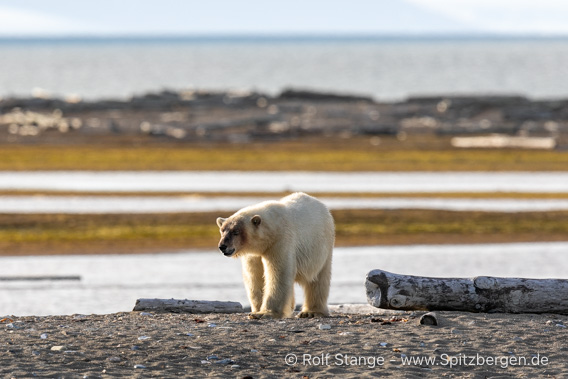
Polar bear on Prins Karls Forland.
Morten Jørgensen’s critical reply to Jon Aars
To the statements made by the leading polar bear researcher at the Norwegian Polar Institute, Jon Aars, as he has been quoted in the article Ekstremår for sjøisen: – Har smeltet raskt gjennom sommeren
I feel compelled to make this comment:
There is a tendency in polar bear management to push the consequences of the many problems that the species face into the future. Sometimes the near future. But never right now. Because that would mean that the hunting would have to stop, and the managers cannot bring themselves to even begin to face that decision. This laissez-faire attitude of projection of today’s issues into the future spills over into science.
Latest, Jon Aars claims that the polar bears in Svalbard for now are doing ok – but will face tougher times in the decades to come. He even goes so far as to say that the local population is stable and may be growing.
He has absolutely no scientific basis for making such statements.
The latest attempt at counting the polar bears of Svalbard led to the conclusion that there is no statistical significant change in the population since the previous “count”. In other words, Jon Aars’ optimism is based not in scientific data, but in … ? I guess only he knows.
Also: The presumed stability of the population, based on the data from those last two counts, is NOT a good sign. It is actually almost evidence that the local polar bear population on Svalbard is in dire straits. How so? Well, the other mainstream mistake which Jon Aars makes is to forget the historical context. If everything was just fine, the local polar bear population in Svalbard should in recent decades have shown, and should still be showing, a significant increase – based on their current local protection status after long periods of extreme over-hunting. The very fact that the population is still lingering at a meager 200-500 or so bears is a clear indication that the disintegration of their main habitat is causing the local population to be under massive stress.
The Svalbard polar bear population is clinging on. And must be presumed to be facing a steep decline soon. To bring forth unfounded optimism is not good science, but only serves to falsely appease those who think that urgent action is not needed for the polar bear to receive full protection.
Morten Jørgensen
October 30, 2024.
BOOKS, CALENDAR, POSTCARDS AND MORE
This and other publishing products of the Spitsbergen publishing house in the Spitsbergen-Shop.
last modification: 2024-10-30 ·
copyright: Rolf Stange
